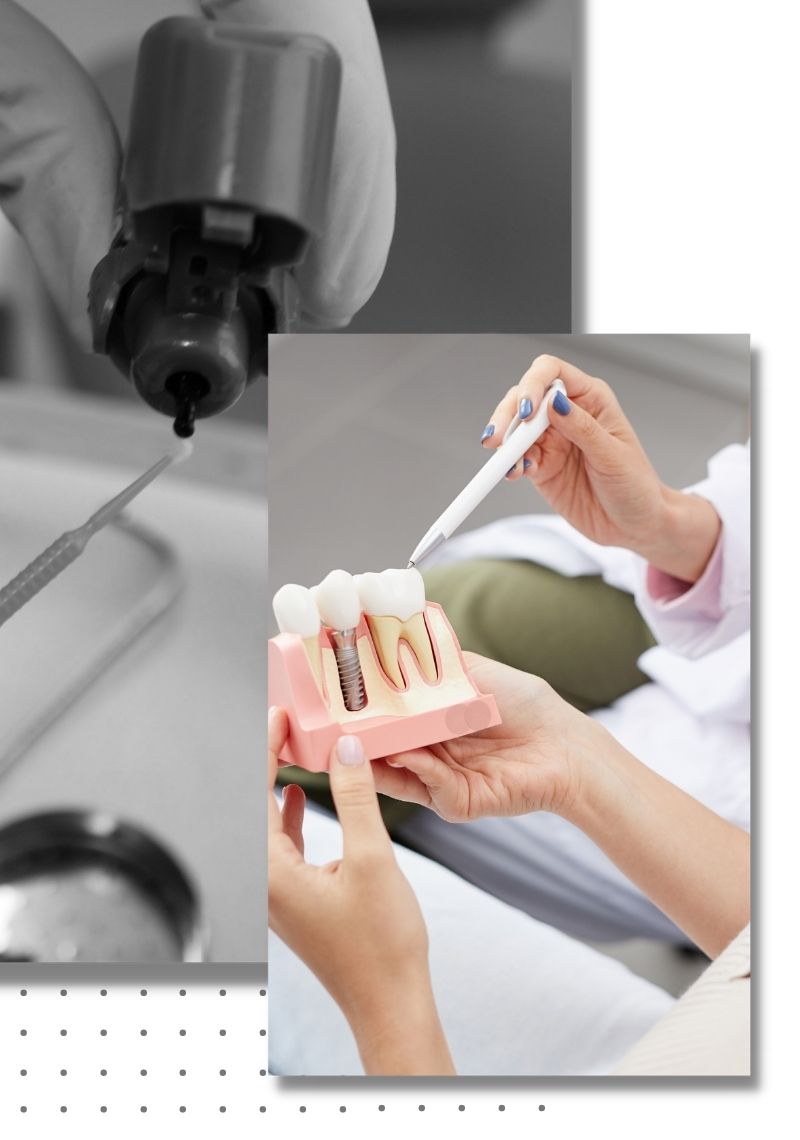
Don't Lose Tooth!
Implant surgery is a surgical procedure performed to place artificial tooth roots made of titanium, which function as tooth roots, in case of tooth loss. This procedure helps to regain the volume of the jaw bone lost due to tooth loss and provide an aesthetic appearance.
Implant surgery includes an evaluation and planning process performed by a dentist to primarily determine the location of the missing tooth or teeth. During this process, imaging techniques such as X-rays and computed tomography may be used by the dentist to ensure that the implants are placed in the correct size, shape, and position.
FAQ about implant surgery
- What is implant surgery?
Implant surgery is a dental procedure in which an artificial tooth root, typically made of titanium, is placed into the jawbone to support a replacement tooth or bridge. - What are dental implants made of?
Dental implants are typically made of titanium, a biocompatible material that integrates well with bone tissue. However, there are also ceramic and zirconia implants available. - What is the success rate of dental implant surgery?
The success rate of dental implant surgery is generally high, with a success rate of around 95% in healthy patients. However, the success rate can vary based on factors such as the patient’s oral health and the skill of the dentist performing the procedure. - How long does the implant surgery take?
The length of implant surgery can vary depending on the number of implants being placed and the complexity of the procedure. Typically, the surgery itself can take anywhere from 30 minutes to several hours. - Is implant surgery painful?
Implant surgery is typically performed under local anesthesia, which numbs the area around the implant site. While patients may experience some discomfort during the recovery period, the procedure itself should not be painful. - What is the recovery period like after implant surgery?
The recovery period after implant surgery can vary based on the patient’s individual circumstances. In general, patients can expect some swelling, bruising, and discomfort for several days after the procedure. Patients should follow their dentist’s post-operative instructions carefully to ensure a successful recovery.
